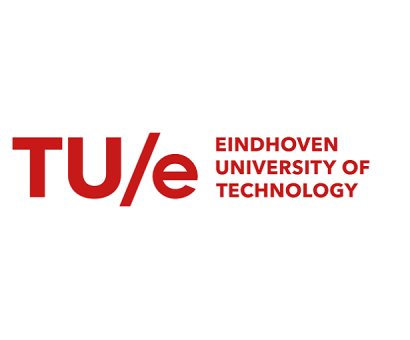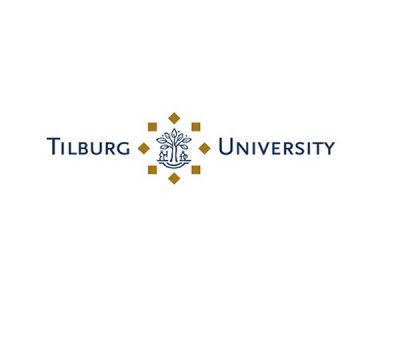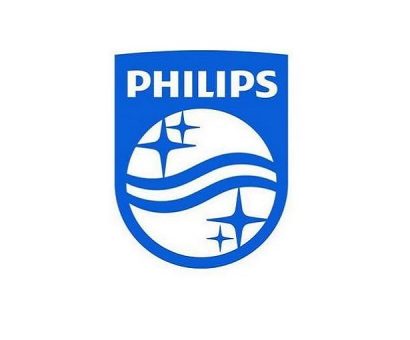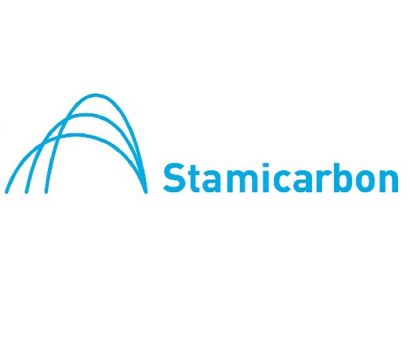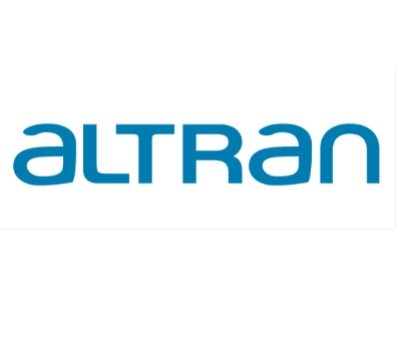Methodology and Tool Support for Effective Digital Twining
Project 3 aims to develop methods and tools for the efficient creation of digital twins using model-driven software development techniques based on combining, managing, integrating and executing heterogeneous models from various engineering disciplines.

Challenges
The scientific challenge taken on in Project 3 is how to create models that are verifiable and provide specification guarantees of the integration of digital twin software components.
From the state of the art, we can observe that this main challenge can be broken down into two scientific sub-challenges. The two sub-challenges that will be addressed in Project 3 are:
- The efficient creation of digital twins using model-driven software engineering (MDSE) techniques, thus creating dedicated digital twin models, by modelling components and interactions (exchange of data) of the components of the digital twin, where the components are the individual (heterogeneous) models, and generating the digital twins using MDSE techniques.
- To ensure consistency between heterogeneous models, that describe for instance physical properties, as well as early identification of inconsistencies in order to ensure a trustworthy digital twin.
People on Project 3
Project Leader: Prof. Dr. Mark van den Brand

Principal Investigators:
- Dr. ir. Loek Cleophas, Eindhoven University of Technology
- Prof. dr. ir. Boudewijn Haverkort, Tilburg University
3.1 Digital twin model consistency
Hossain Muhammad Muctadir, PDEng.

Hossain is a PhD candidate in the Digital Twin project. He is working with the Software Engineering and Technology (SET) group at the Department of Mathematics and Computer Science of Eindhoven University of Technology. His work focuses on the developement of methodologies and related tools for discovering as well as managing consistency relations among cross domain engineering models.
3.2 Digital twin orchestration
 David is working in the project 3.2 Digital Twin (DT) orchestration. This project aims to design a framework to describe the structure, properties and workflow of the DT, using MDSE techniques. To achieve this goal, a Domain Specific Language (DSL) that captures the concepts and features of a DT in all phases of its life cycle is necessary. Thus the new Dt framework will make the design, maintenance and usage of DT more effective.
David is working in the project 3.2 Digital Twin (DT) orchestration. This project aims to design a framework to describe the structure, properties and workflow of the DT, using MDSE techniques. To achieve this goal, a Domain Specific Language (DSL) that captures the concepts and features of a DT in all phases of its life cycle is necessary. Thus the new Dt framework will make the design, maintenance and usage of DT more effective.
3.3 Digital twin dynamic consistency
 In order to ensure a seamless execution of digital twins, functional properties such as absence of deadlocks and livelocks, quantitative dynamic properties such as overall model execution speed and erratic execution times of individual model components, other standard desirable properties such as model throughput and tailor-made properties based on user specifications needs to be validated. In this study, we aim to design and execute a complete methodology and appropriate tooling for model checking and validation of the aforementioned properties and a proof-of-concept encompassing the different industrial digital twin cases.
In order to ensure a seamless execution of digital twins, functional properties such as absence of deadlocks and livelocks, quantitative dynamic properties such as overall model execution speed and erratic execution times of individual model components, other standard desirable properties such as model throughput and tailor-made properties based on user specifications needs to be validated. In this study, we aim to design and execute a complete methodology and appropriate tooling for model checking and validation of the aforementioned properties and a proof-of-concept encompassing the different industrial digital twin cases.
